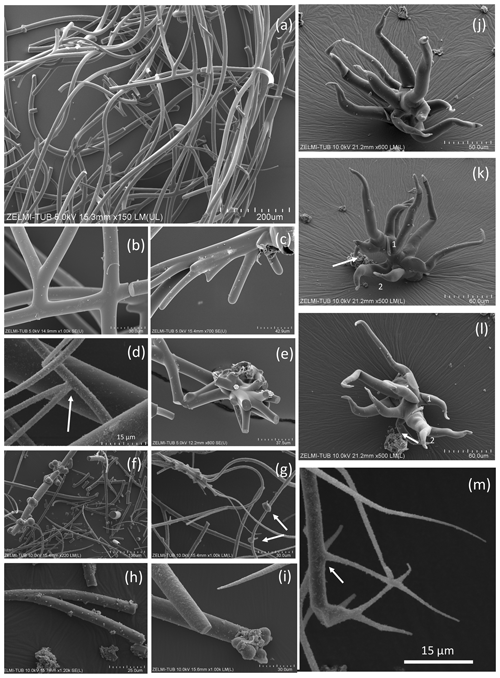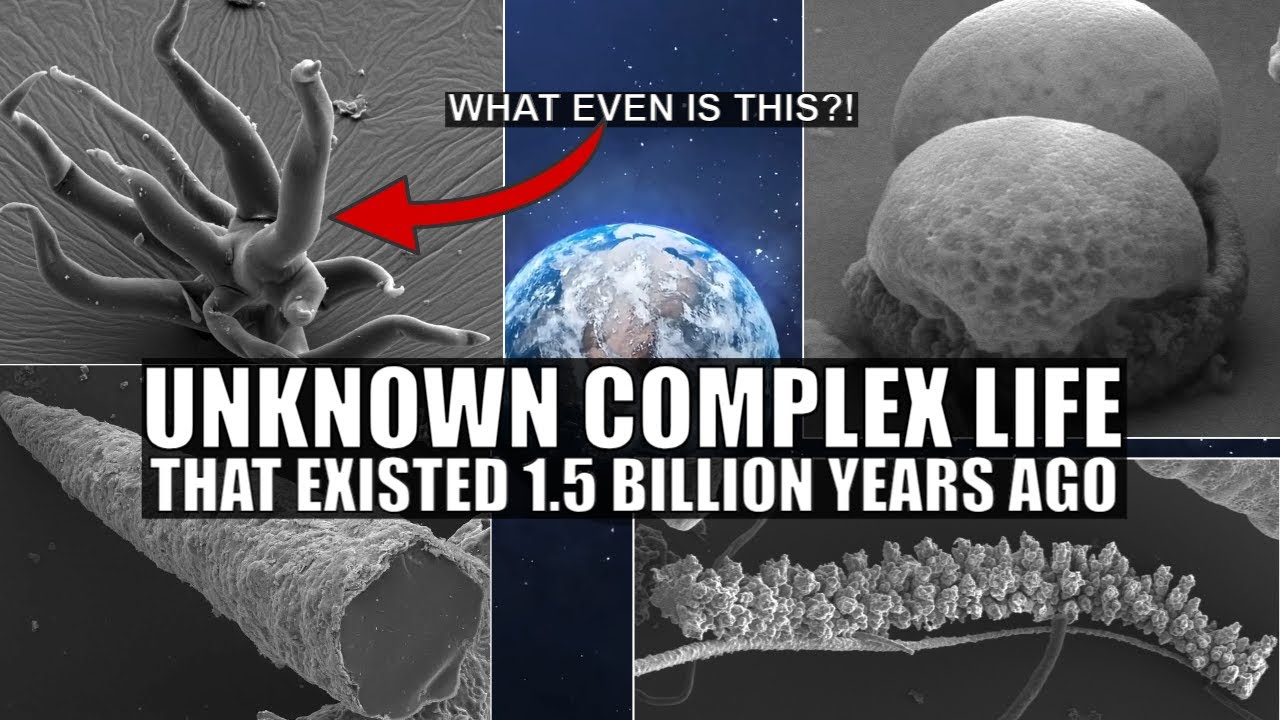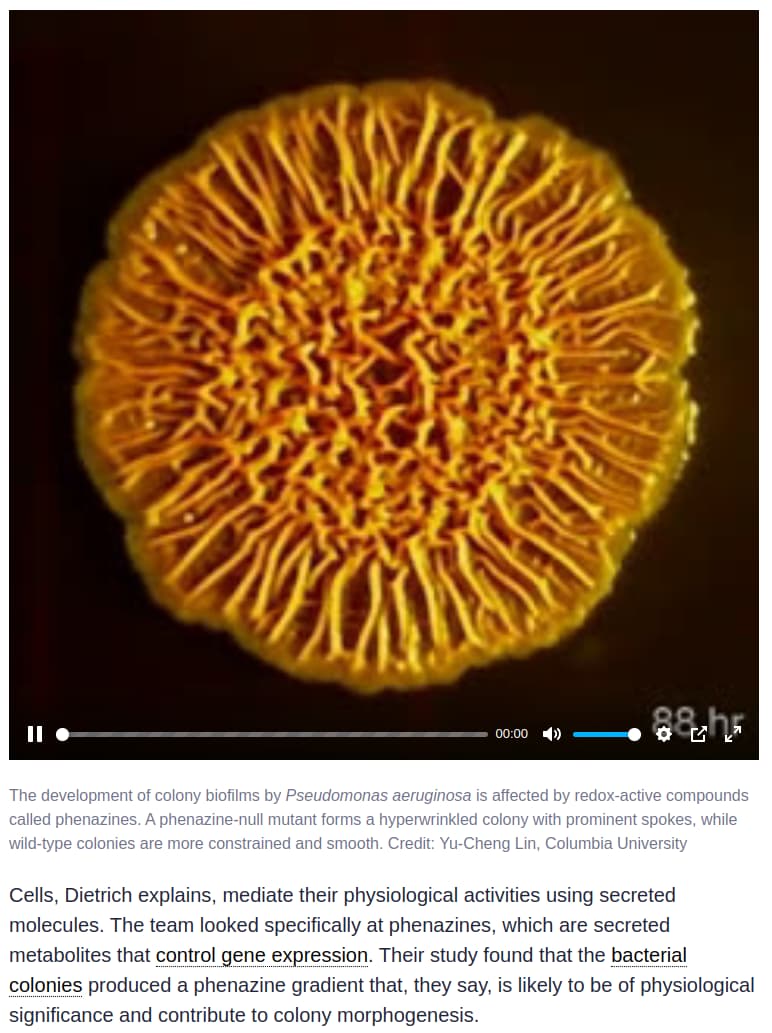The period in Earth’s history between 1.8 and 0.8 billion years before the present, designated the Mid Proterozoic era, is sometimes referred to as the “Boring Billion” (years) because there is no evidence of major tectonic events, changes in climate, glaciation, or rapid biological evolution. The biosphere appears to have been dominated by prokaryotes, and while eukaryotic life seems to have emerged near the start of the era, it seemed to have neither major impact on the biosphere or to have rapidly evolved.
Now, in a paper published on 2023-05-24 in Biogeosciences, “The Volyn biota (Ukraine) – indications of 1.5 Gyr old eukaryotes in 3D preservation, a spotlight on the ‘boring billion’ ” (full text at the link or, of you prefer, a PDF), a group of researchers from the Technische Universität Berlin report the accidental discovery of what appear to be unknown complex organisms in minerals dated to the “boring billion”. Here is the abstract.
The Volyn biota, fossilized organisms with a minimum age of 1.5 Ga, were found in cavities in granitic pegmatites from the Korosten Pluton, NW Ukrainian shield. Fossilization was due to an influx of hydrothermal fluorine-rich waters, which silicified the outermost part of the organisms, thus preserving the 3D morphology. Details of the morphology (investigated by scanning electron microscopy) show that the majority of the specimens are filamentous, of a large variety with diameters ranging from ∼ 10 to ∼ 200 µm, thin filaments with typical branching and thick filaments with ball-shaped outgrowths and dented surface. Filaments can be straight or conical, curvilinear, or strongly curved, up to millimeters in length, some with a central channel. Some filaments show indications of segmentation and are grown as sessile organisms onto substrate; others show both intact ends, indicating a non-sessile, free-living lifestyle. Objects with flaky morphology and agglutinating filaments are interpreted as fossil biofilms. Other objects are hollow and show a large variety of forms; spherical objects are scarce. Infrared spectroscopy indicates the presence of chitosan in one filament type, electron microprobe analysis of nanometer-sized inclusions in filaments identified the presence of Bi(Te,S) minerals, and both observations are compatible with the interpretation as fungi-like organisms. Stable C- and N-isotope data of bulk samples are in the range of −31 ‰ to −47 ‰ δ^{13}{\rm C} and of +3 ‰ to +10 ‰ δ^{15}{\rm N}, indicating possible methanogens as part of the subsurface microecosystem. The Volyn biota indicate that at 1.5 Ga complex forms of life existed in the continental deep biosphere, well above the microscopic level, including fungi-like organisms resembling eukaryotes.

Here is a press release from the university, “Discovery of Oldest Microorganisms Preserved in Their Form”.
These apparent complex organisms, which have no shells or skeletons, were preserved only due to the special environment in which they were found. One wonders what other chapters in the history of life on Earth remain unknown because their exemplars were not preserved or we haven’t yet stumbled upon rare specimens that were.


